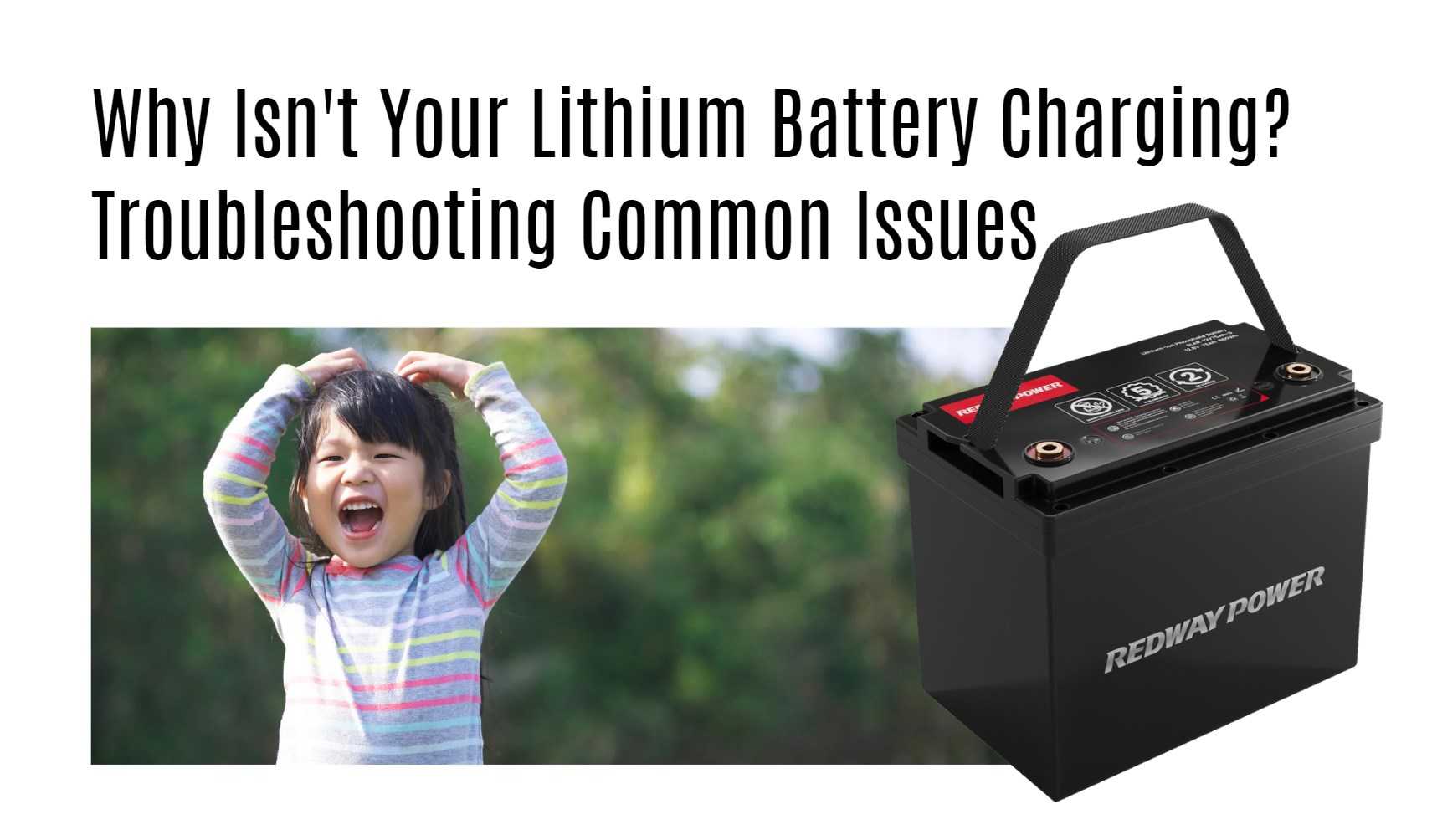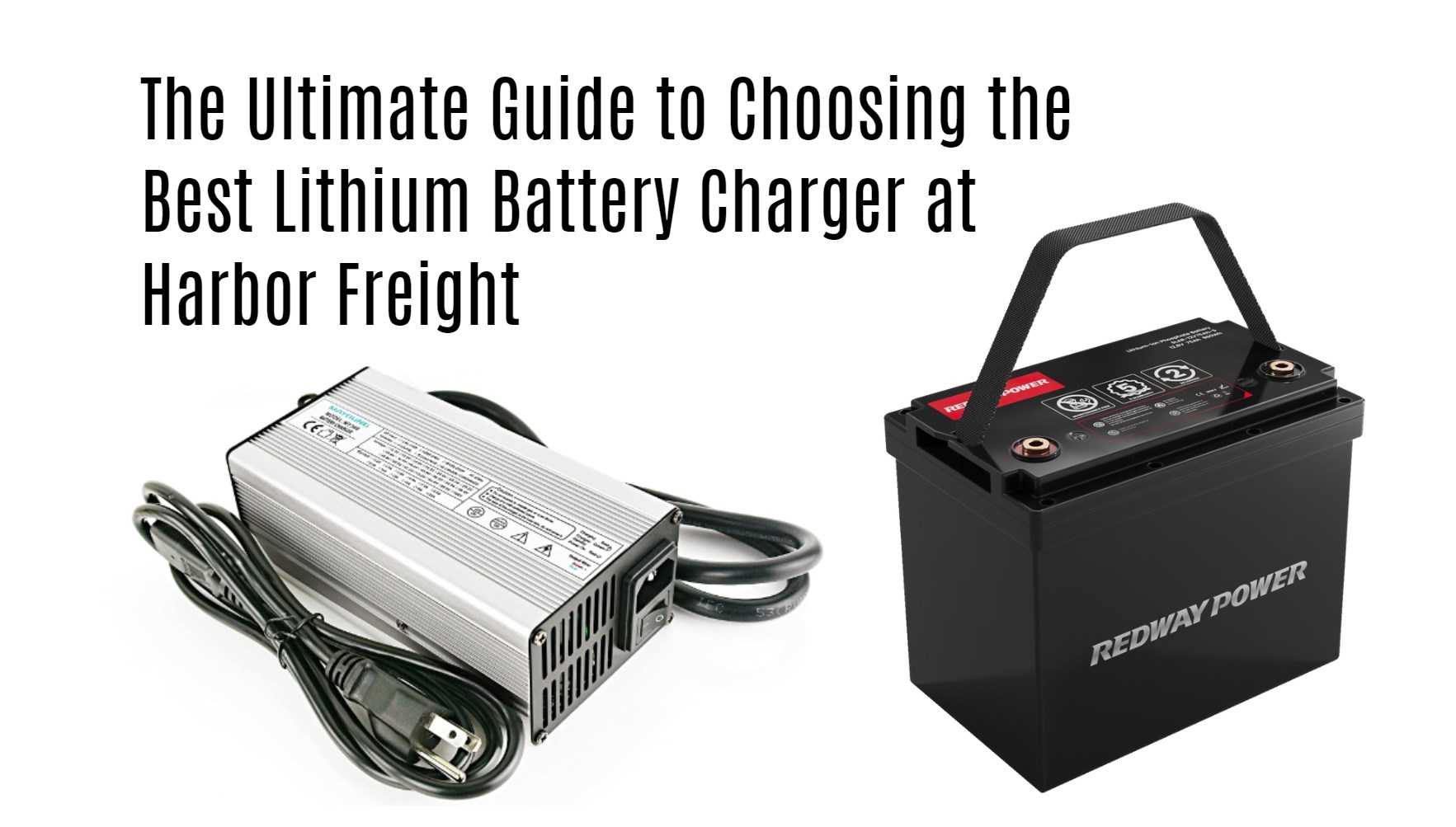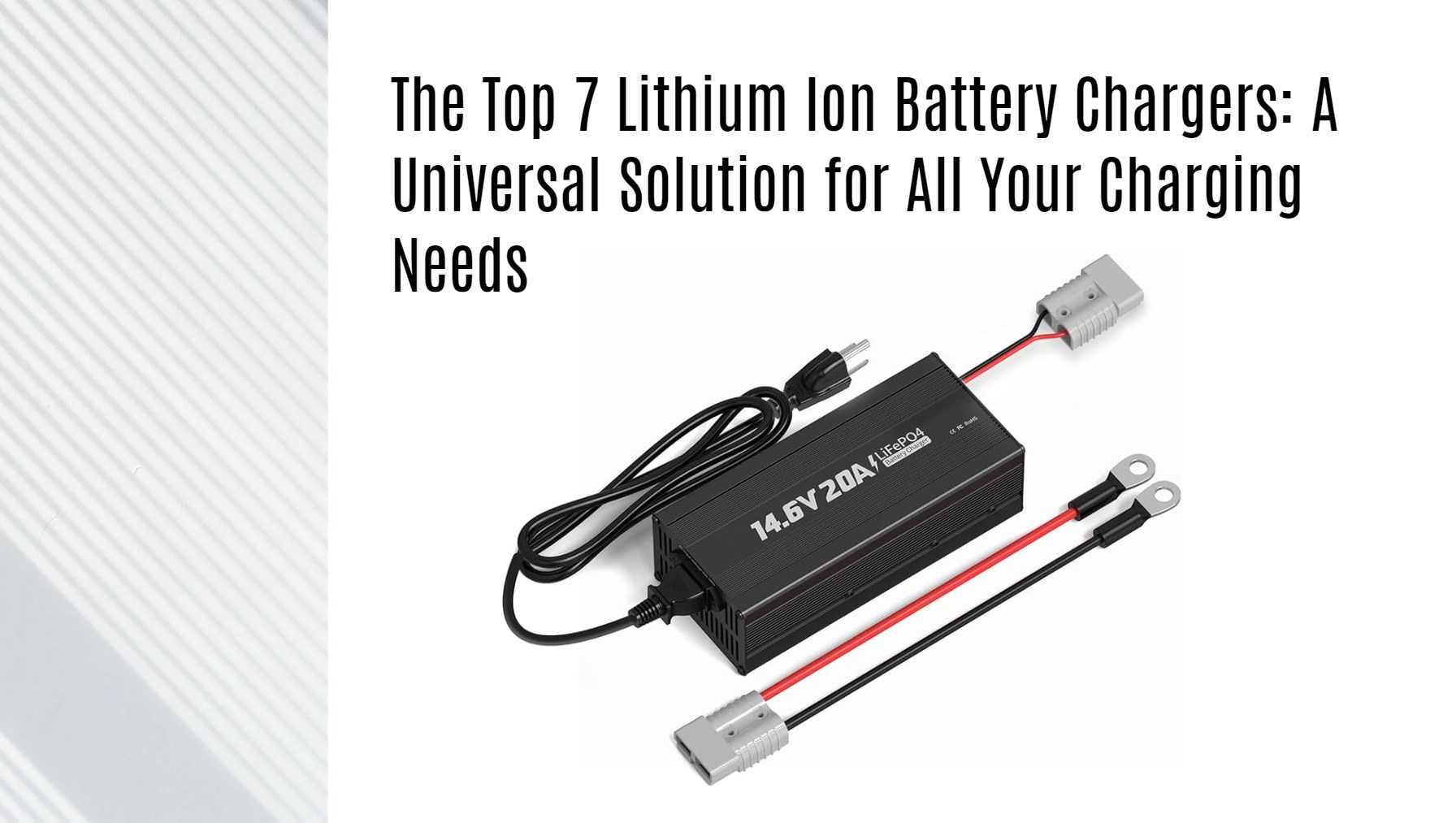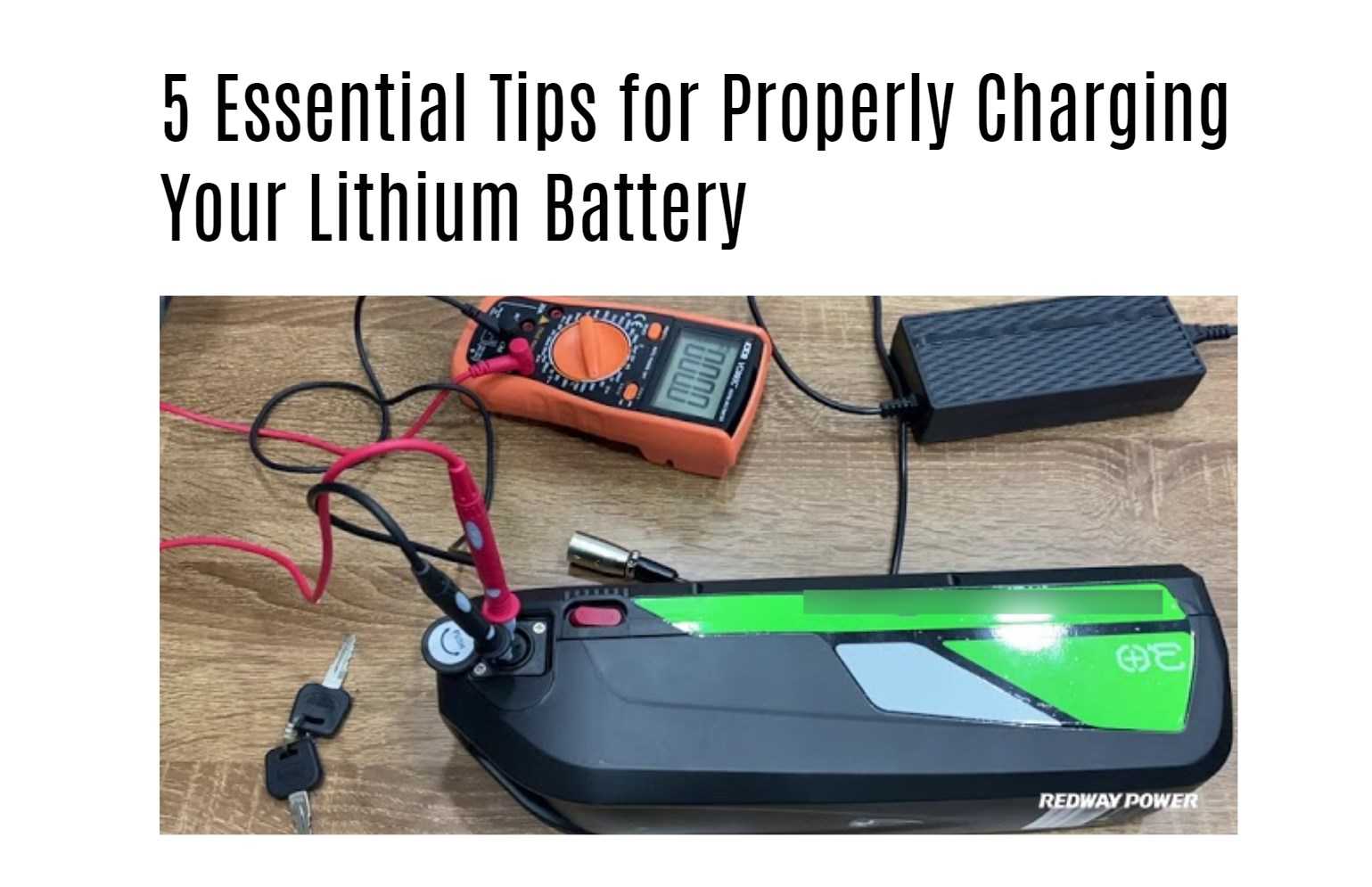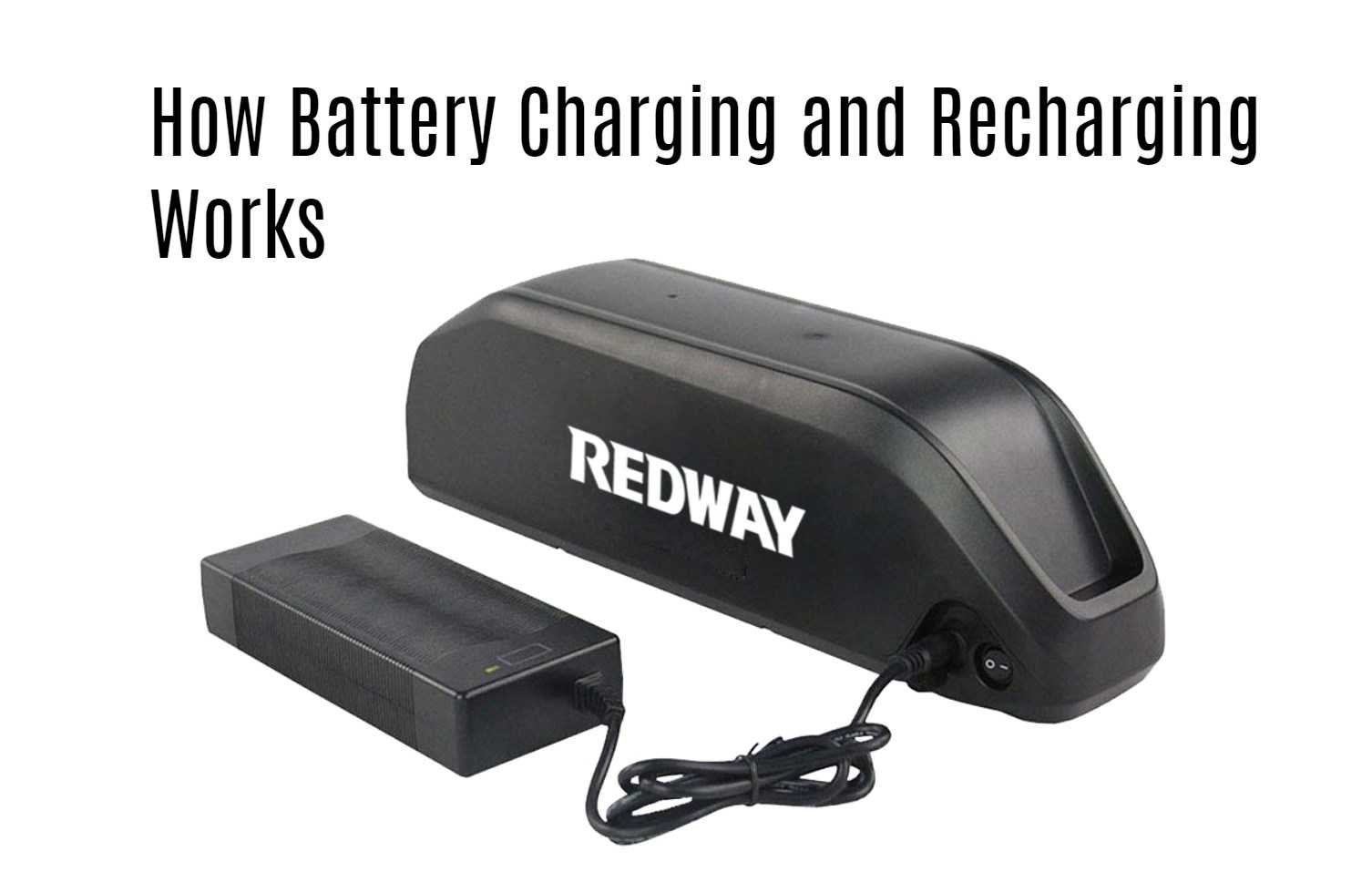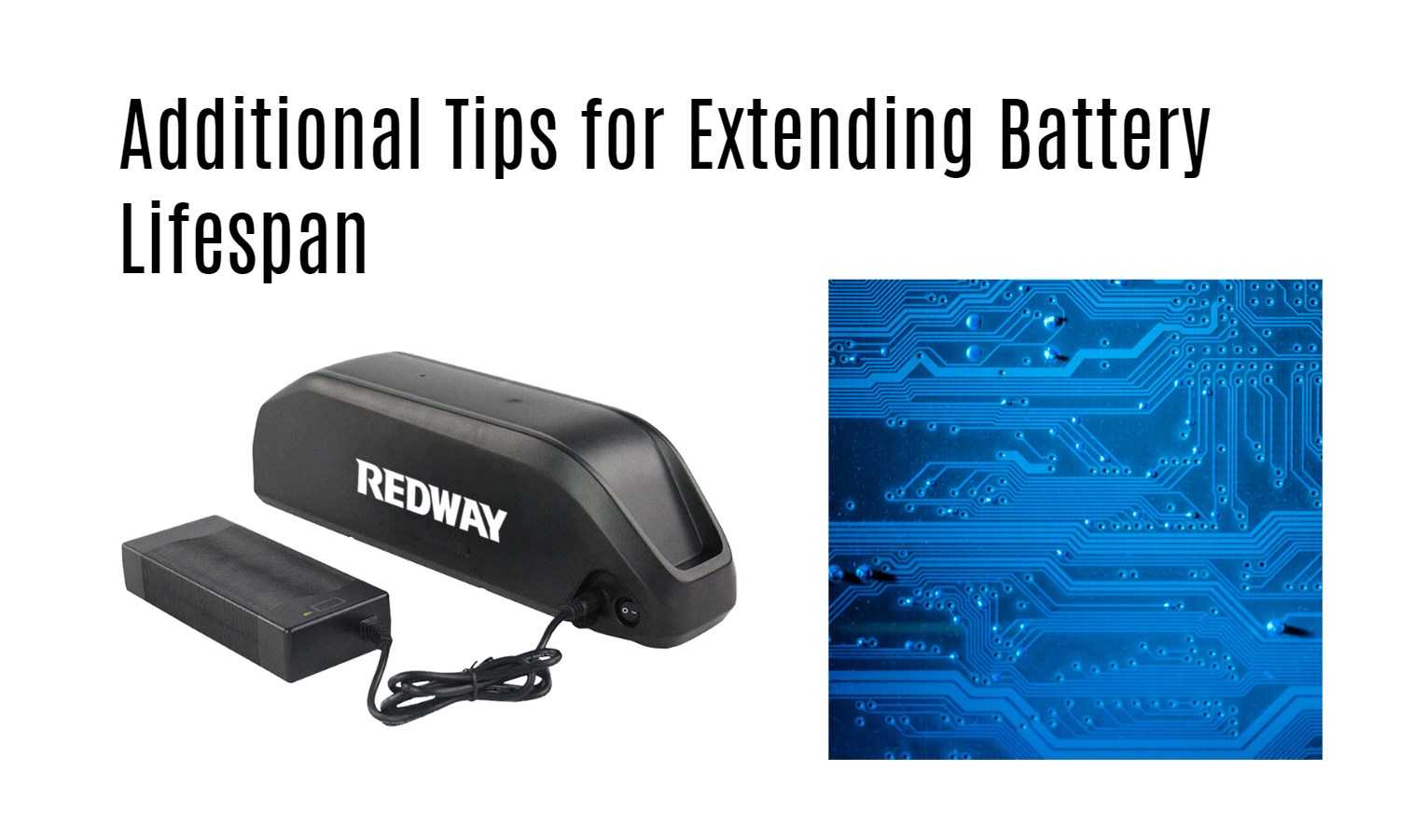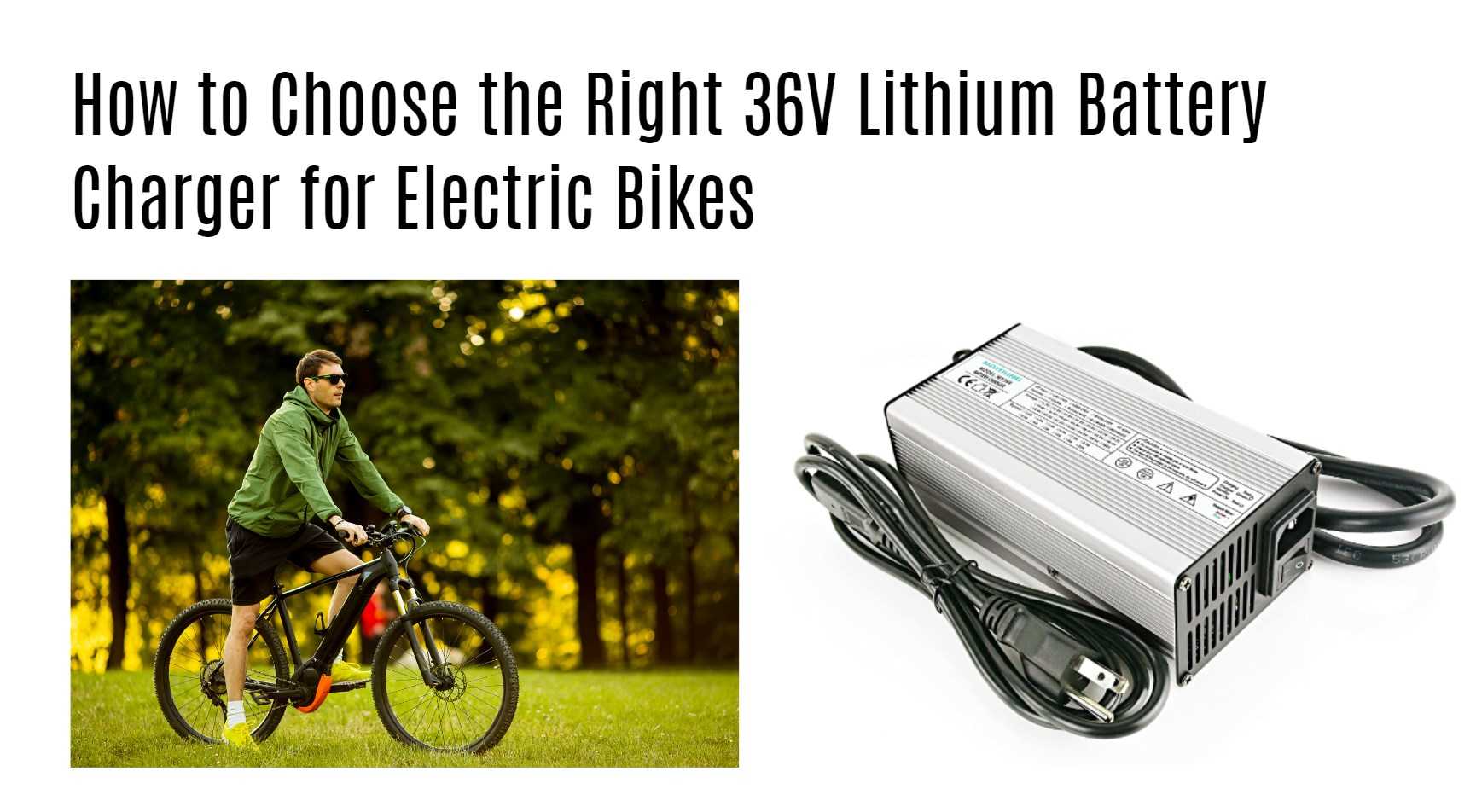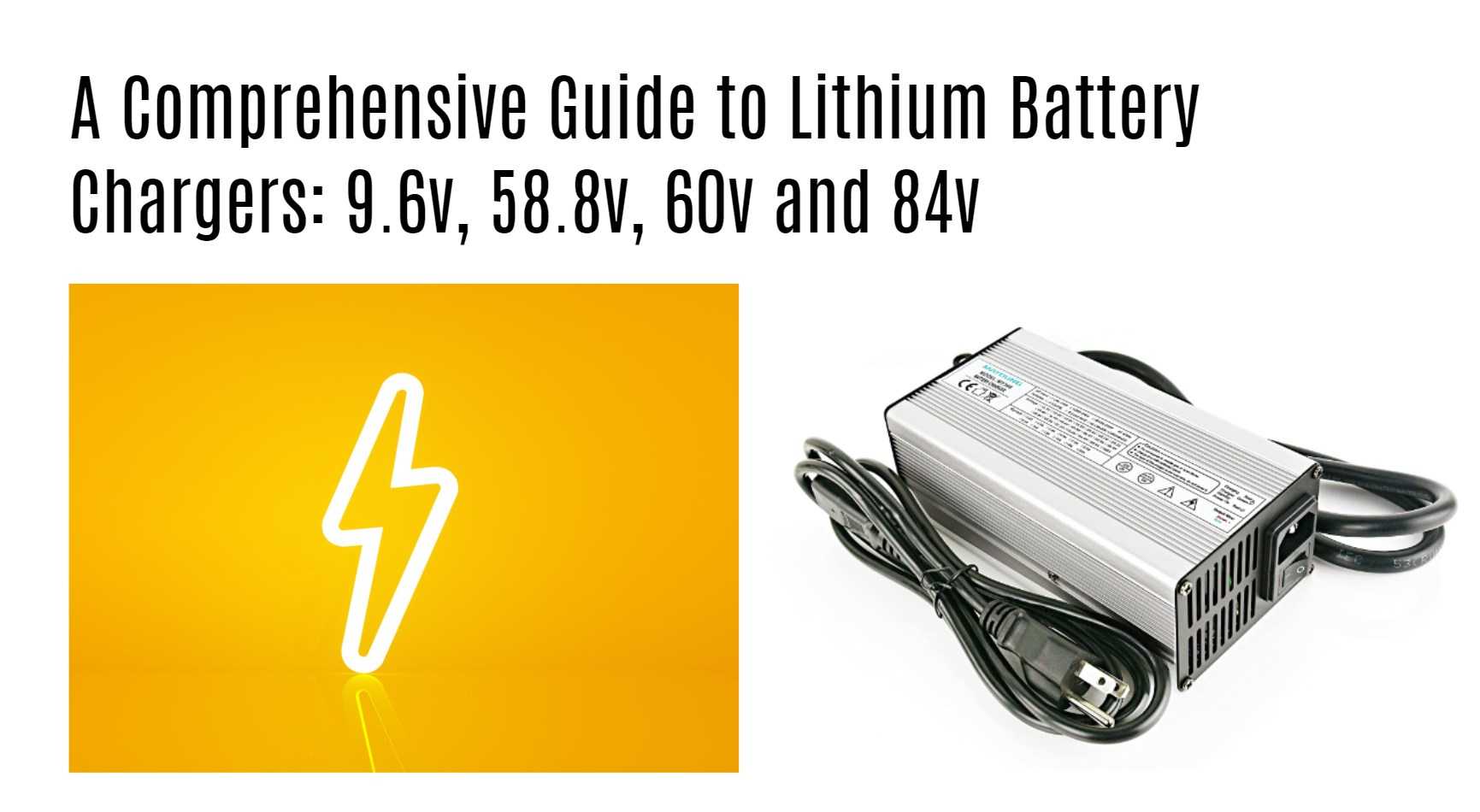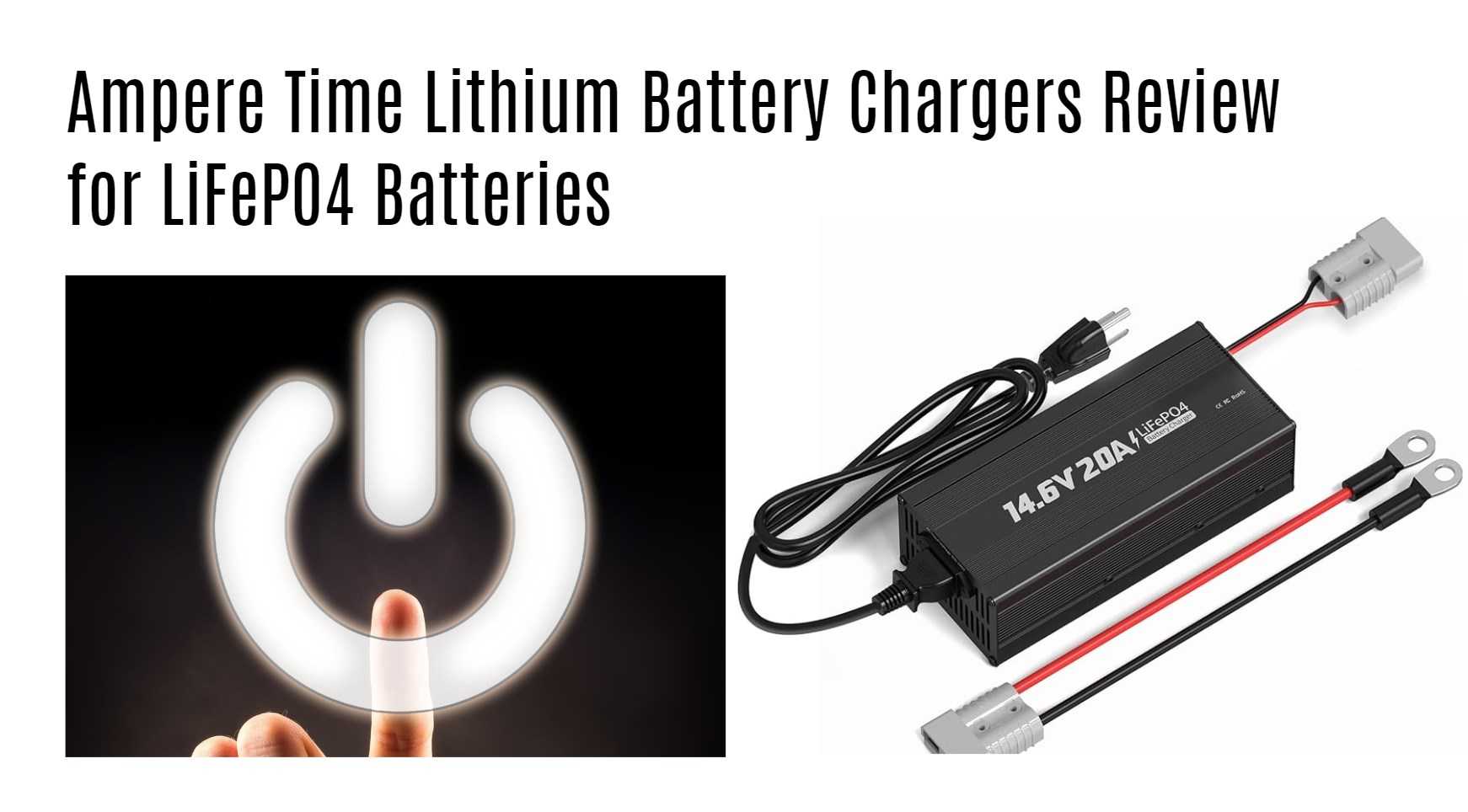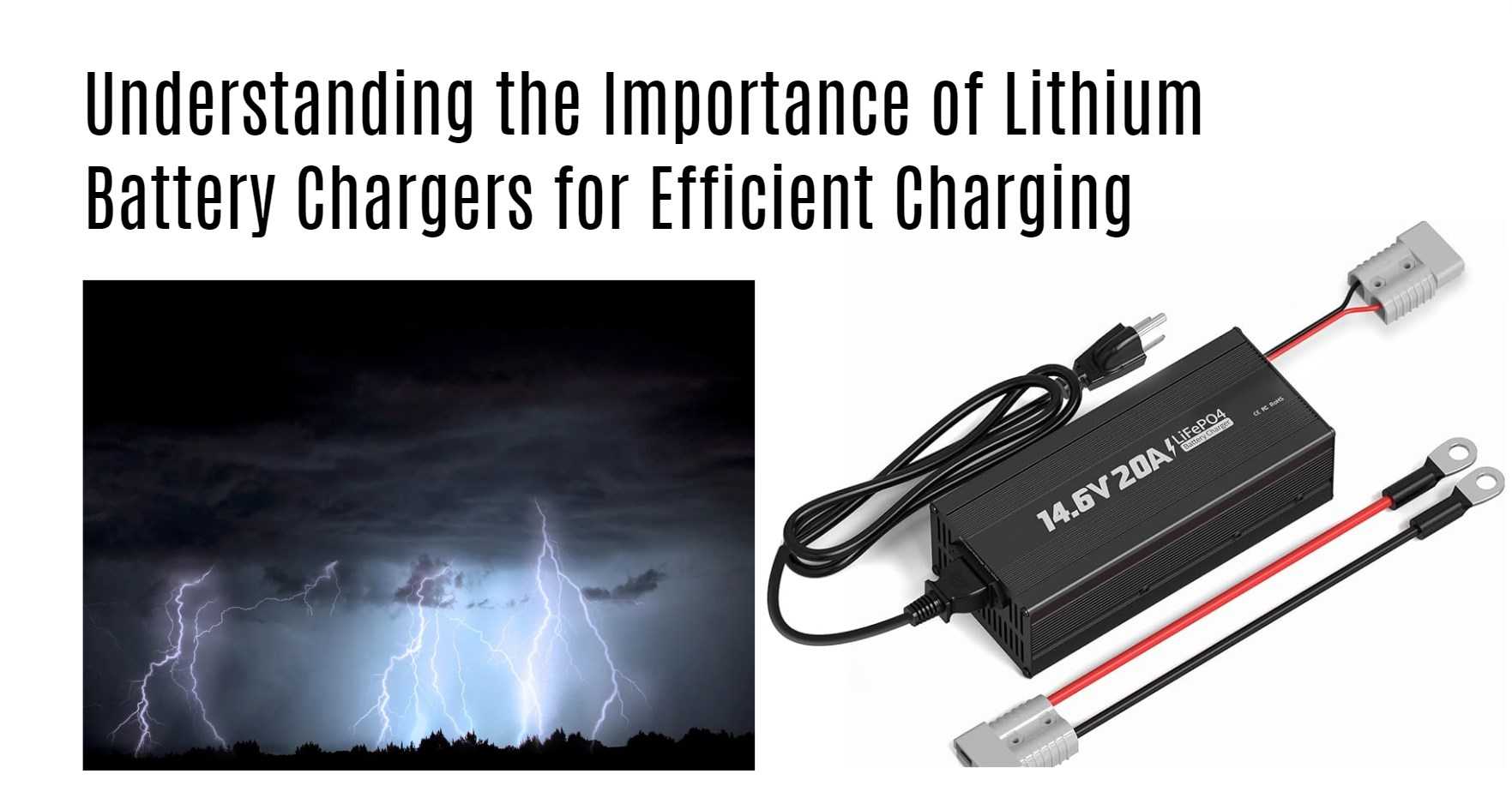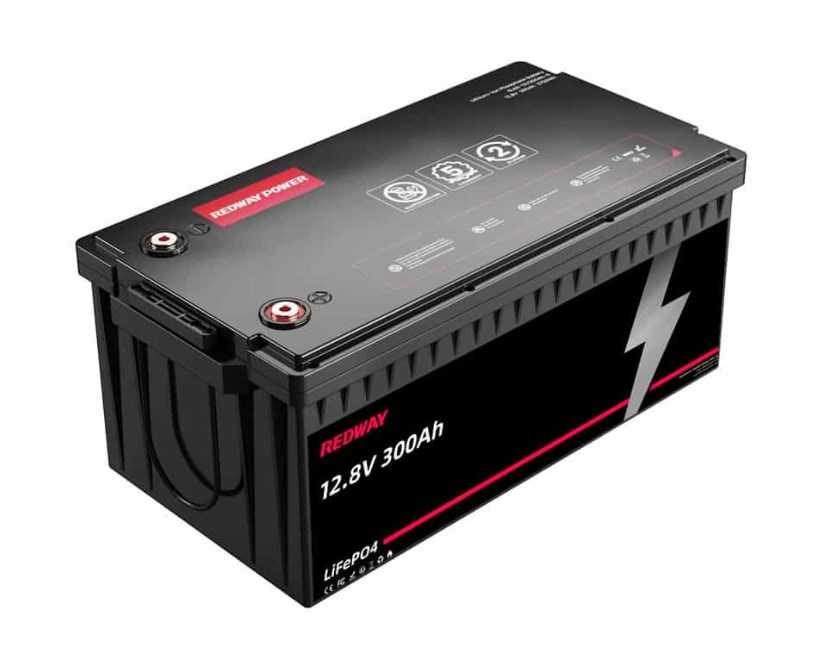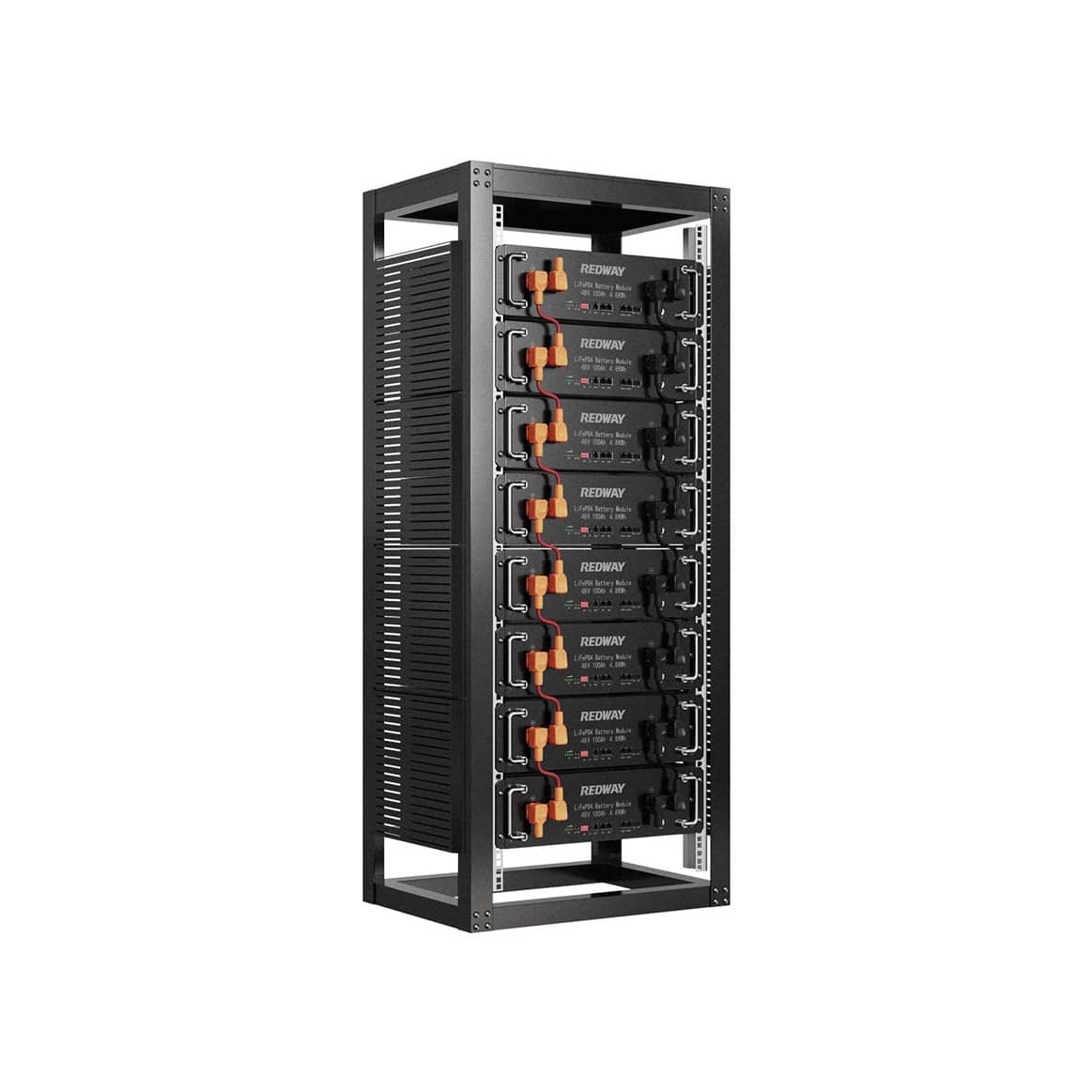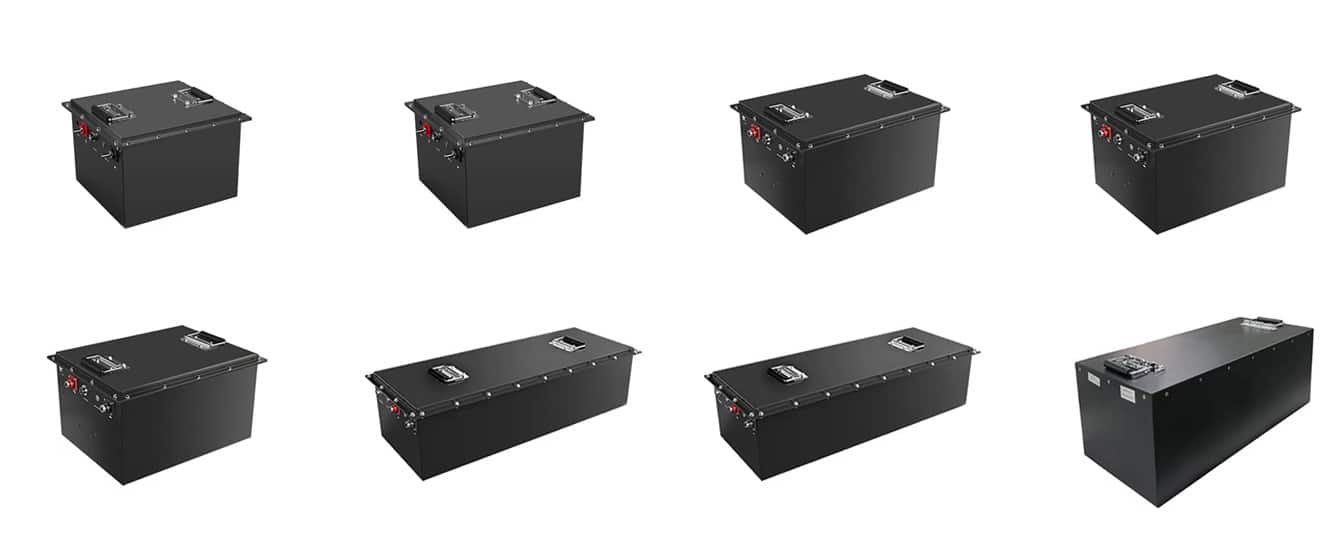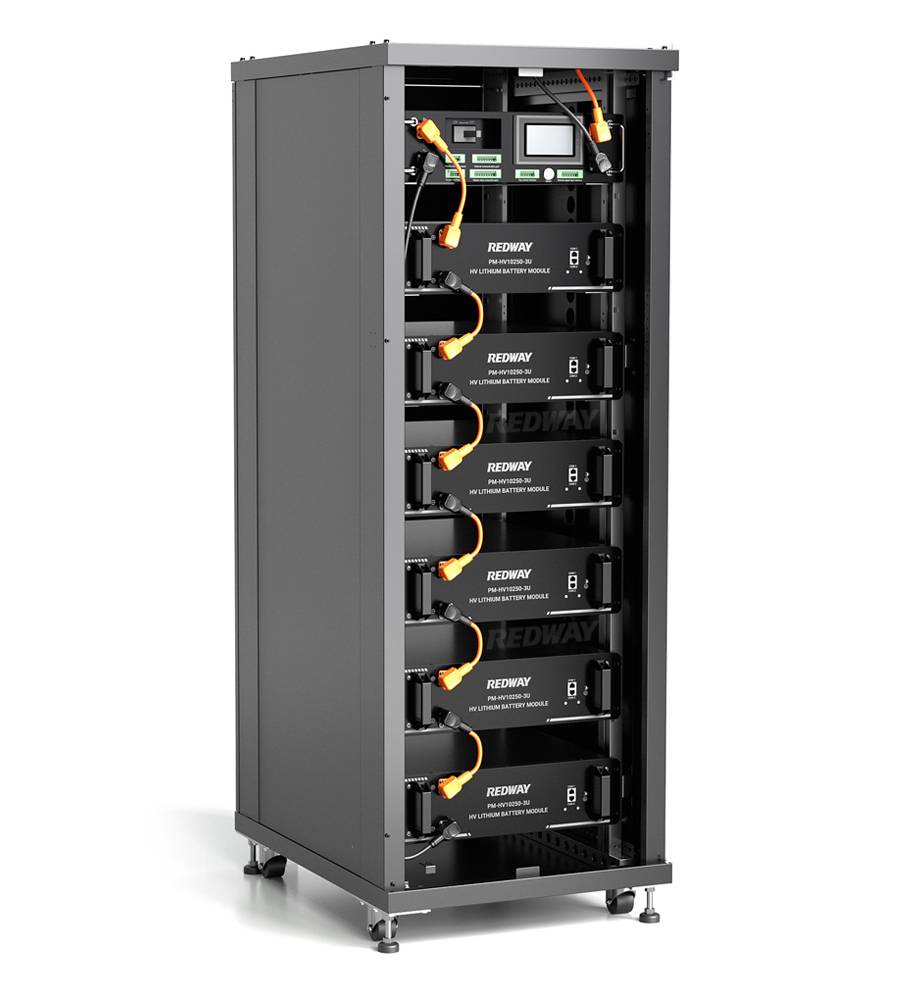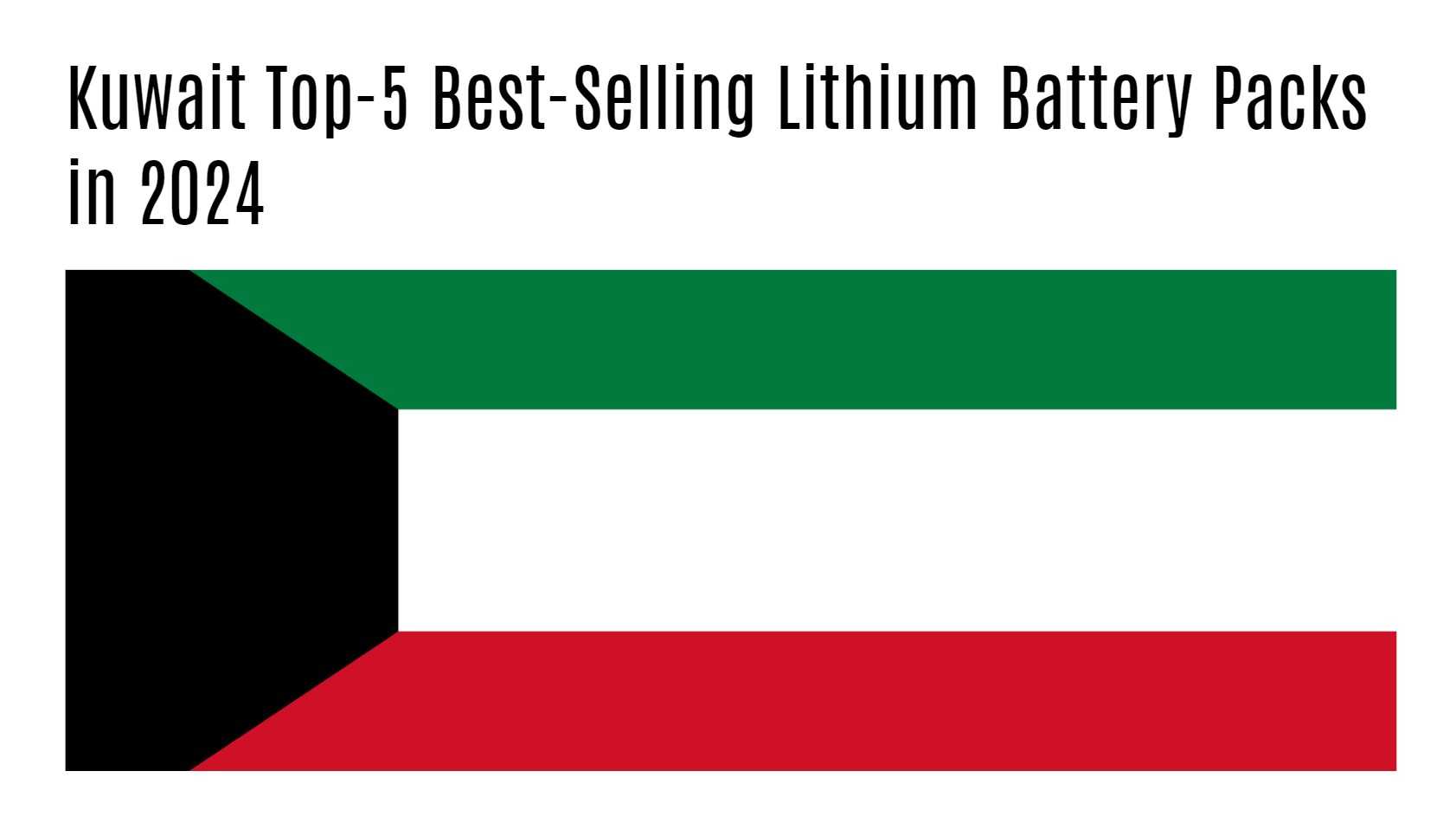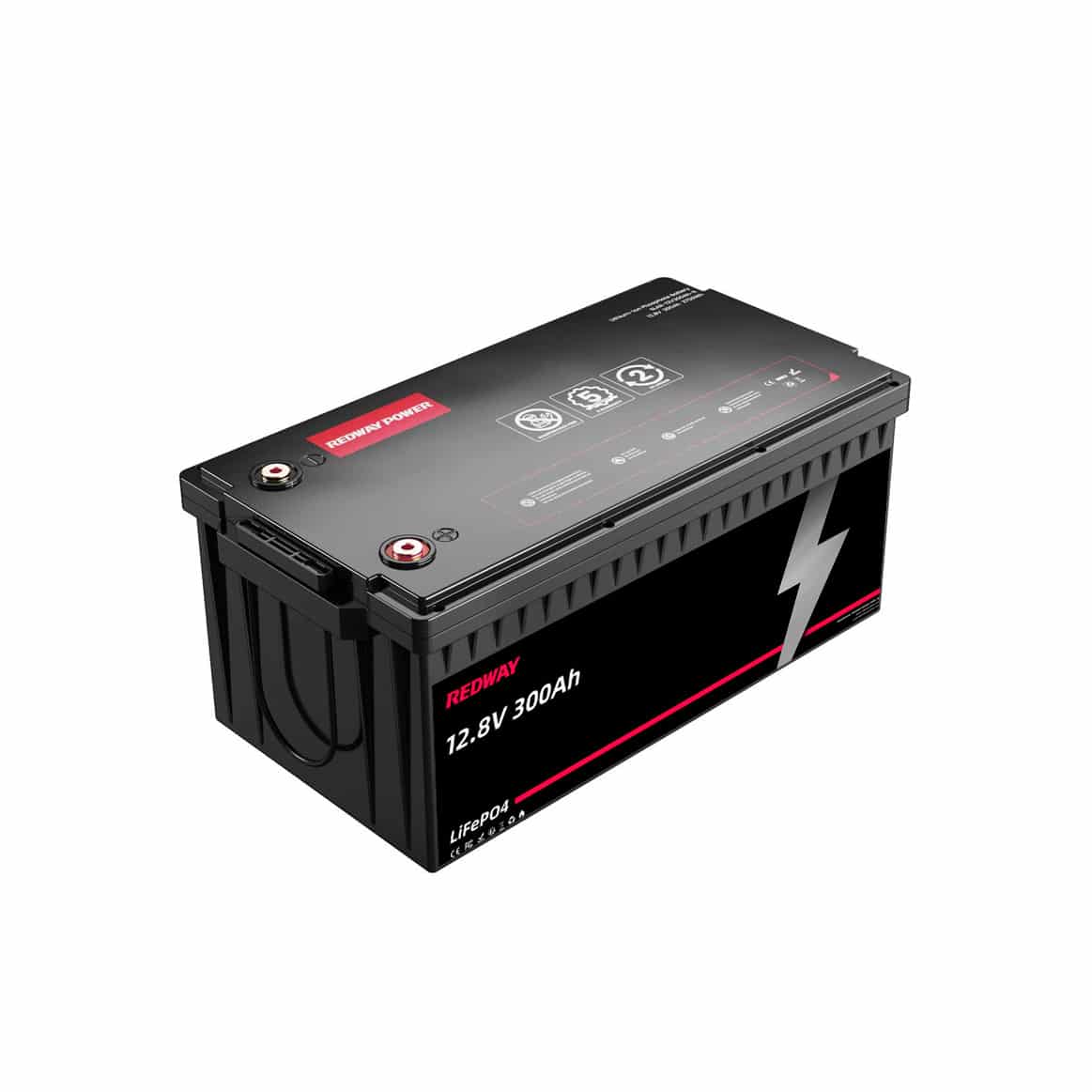Why Isn’t Your Lithium Battery Charging? Troubleshooting Common Issues
Are you frustrated because your lithium battery just won’t charge? You’re not alone. Many people experience this issue with their devices, and it can be incredibly frustrating when you need to use your device but the battery is dead. But fear not! In this blog post, we’ll explore the common reasons why a lithium battery may not be charging and provide you with troubleshooting tips to get it up and running again. So let’s dive in and discover how to solve this power predicament once and for all!
Common Reasons for a Lithium Battery Not Charging
Common Reasons for a Lithium Battery Not Charging
When your lithium battery refuses to charge, it can be frustrating trying to figure out the culprit. There are several common reasons why this might happen.
The issue could lie with the charging cable or adapter. Over time, these components can become worn or damaged, resulting in a poor connection and ineffective charging. It’s always worth checking if swapping out the cable or adapter resolves the problem.
Another possibility is that your device’s battery has entered deep discharge mode. This occurs when the battery discharges completely and enters a low-voltage state that prevents it from accepting a charge. In such cases, you may need to perform some additional steps to revive it (we’ll cover this later!).
Sometimes, software glitches can also hinder your lithium battery from charging properly. If there are any firmware updates available for your device, installing them might help resolve compatibility issues and improve charging performance.
Additionally, temperature extremes can impact lithium batteries’ ability to charge effectively. Extreme cold or hot temperatures outside of their recommended operating range can cause them to temporarily stop accepting a charge until they return to an optimal temperature.
Physical damage or wear and tear on the battery itself may prevent it from charging correctly. If you’ve dropped your device recently or notice any visible signs of damage on the battery pack, it’s possible that replacing the battery will solve the issue.
Now that we’ve explored some common reasons behind a non-charging lithium battery let’s move on to how you can fix this predicament!
How to Fix a Lithium Battery That Won’t Charge
One frustrating situation that many of us have experienced is when our lithium battery refuses to charge. It can be quite perplexing, especially if you rely on your device for work or personal use. But fear not! There are several steps you can take to troubleshoot and potentially fix the issue.
Check the charging cable and adapter. Sometimes a faulty cable or adapter can prevent proper charging. Try using a different cable or adapter to see if that solves the problem.
If that doesn’t work, try cleaning the charging port on your device. Dust and debris can accumulate over time and hinder the connection between the charger and your battery. Gently use a toothpick or cotton swab to remove any dirt from the port.
Another possible solution is performing a hard reset on your device. This will help refresh its system and potentially resolve any software-related issues causing the battery not to charge.
If all else fails, it may be necessary to replace either the battery itself or even the entire device if it’s an integrated unit. Lithium batteries do have a limited lifespan, so sometimes they simply need to be replaced after prolonged usage.
Remember, these troubleshooting steps might not always guarantee success in fixing every lithium battery that won’t charge issue but they are definitely worth trying before considering more drastic measures like replacing expensive devices altogether.
How Long Can a Lithium Battery Last Without Charging?
Lithium batteries have gained popularity for their long-lasting power and ability to hold a charge. However, even the most efficient lithium battery will eventually run out of juice if not recharged. So, how long can a lithium battery last without charging?
The answer depends on several factors such as the capacity of the battery, the device it powers, and its usage patterns. Generally speaking, a fully charged lithium battery can last anywhere from a few days to several months without needing to be recharged.
For devices that are used frequently and require high power consumption, such as smartphones or laptops, the battery life may only last a day or two before needing to be plugged in again. On the other hand, devices with lower power requirements like remote controls or watches can potentially go weeks or even months without requiring charging.
It’s important to note that leaving your lithium battery completely discharged for an extended period of time is not advisable as it could lead to irreversible damage and reduce its overall lifespan.
To maximize the longevity of your lithium battery between charges, it’s recommended to follow best practices such as avoiding extreme temperature conditions (both hot and cold), minimizing unnecessary background processes on electronic devices, and utilizing power-saving modes when available.
Ultimately though, it’s always best practice to recharge your lithium batteries regularly rather than pushing them too close to their limits.
Tips to Identify if Your Device Needs a New Battery or Charger
Tips to Identify if Your Device Needs a New Battery or Charger:
1. Check the charging cable: One common issue that can prevent your lithium battery from charging is a faulty charging cable. Inspect the cable for any visible signs of damage, such as frayed wires or bent connectors. If you notice any issues, try using a different cable to see if it resolves the problem.
2. Test with another charger: Sometimes, the problem lies not with the battery itself, but with the charger. To determine if this is the case, try using a different charger that you know works properly. If your device charges successfully with another charger, then it’s likely time to replace your old one.
3. Monitor battery performance: Keep an eye on how quickly your battery drains and how long it takes to charge fully. If you notice a significant decrease in battery life or find that it takes much longer than usual for your device to charge, this could indicate that either the battery or charger is nearing its end of life.
4. Look for physical damage: Examine both the battery and charger for any physical damage such as dents, cracks, or corrosion on metal contacts. These signs may suggest that it’s time for a replacement.
Remember to always prioritize safety when working with batteries and chargers – never attempt repairs unless you have experience and knowledge in handling these components properly.
Safety Guidelines for Working on a Dead Lithium Battery
Safety Guidelines for Working on a Dead Lithium Battery
When dealing with a dead lithium battery, it’s crucial to prioritize safety above all else. These batteries contain highly reactive materials that can pose serious risks if mishandled. To ensure your safety and prevent accidents, follow these guidelines when working on a dead lithium battery.
1. Use protective gear: Wear gloves and safety goggles to protect yourself from contact with corrosive chemicals or potential sparks during the process.
2. Work in a well-ventilated area: Fumes emitted by damaged or overheated lithium batteries can be harmful if inhaled, so make sure you have proper ventilation while working on them.
3. Disconnect power source: Before attempting any repairs, always disconnect the device from its power source to avoid electrical shocks or short circuits.
4. Handle with care: Be gentle when handling the battery; avoid dropping it or causing physical damage that could lead to leakage of electrolyte or combustion.
5. Keep flammable materials away: Ensure there are no flammable substances nearby as they may ignite if exposed to heat generated by the damaged battery.
6. Dispose of properly: If you’re unable to revive the dead battery safely, it’s important to dispose of it according to local regulations for hazardous waste disposal.

Steps to Revive a Dead Lithium Battery
Steps to Revive a Dead Lithium Battery
If you’ve found yourself with a dead lithium battery, don’t despair just yet. There are steps you can take to potentially revive it and get it back up and running. Here’s what you can try:
1. Check the connections: Start by ensuring that the battery is properly connected to your device or charger. Sometimes a loose connection can prevent the battery from charging.
2. Clean the terminals: Over time, dirt and debris may accumulate on the battery terminals, leading to poor contact. Gently clean the terminals using a cotton swab dipped in rubbing alcohol.
3. Reset the battery: Some lithium batteries have built-in protection circuits that can cause them to shut down if they detect an issue. To reset these circuits, remove the battery from your device or charger and let it sit for about 10 minutes before reinserting it.
4. Try a different charger: If you’re using a charger that isn’t providing enough power or is faulty, it could be preventing your battery from charging properly. Test your battery with another compatible charger to see if that makes a difference.
5.
Battery conditioning: A technique called “battery conditioning” involves fully discharging and then fully recharging your lithium battery multiple times in order to recalibrate its internal circuitry.
Remember, not all dead lithium batteries can be revived, but these steps may give yours a fighting chance at coming back to life! Stay tuned for more troubleshooting tips for lithium batteries in our upcoming sections.
How Many Times Can a Lithium-ion Battery be Recharged?
How many times can a lithium-ion battery be recharged? It’s a common question that many people have when it comes to their electronic devices. The answer, however, is not as straightforward as you might think.
Lithium-ion batteries are known for their rechargeability and longevity compared to other types of batteries. In general, these batteries can be recharged hundreds of times before they start to lose capacity. Some estimates suggest that a lithium-ion battery can last anywhere from 300 to 500 charge cycles.
However, it’s important to note that there are several factors that can affect the lifespan of a lithium-ion battery. The way the battery is charged and discharged, temperature fluctuations, and even the specific device it’s used in can all impact how long the battery will last.
To maximize the lifespan of your lithium-ion battery, it’s essential to follow some best practices. Avoid completely draining the battery before recharging and try to keep the charge level between 20% and 80%. Additionally, storing your device or spare batteries in a cool environment can help prolong their life.
In conclusion (to avoid repetition), while lithium-ion batteries have an impressive number of recharge cycles compared to other types of batteries, taking proper care and following recommended charging practices will ensure you get the most out of your battery’s lifespan.
How to Fix a Ryobi Battery That Won’t Charge
How to Fix a Ryobi Battery That Won’t Charge
Having trouble with your Ryobi battery not charging? Don’t worry, you’re not alone. Many users encounter this issue and wonder how to bring their battery back to life. Here are a few troubleshooting tips that might help:
1. Check the connections: Ensure that the battery is properly connected to the charger and there isn’t any debris or corrosion on the contacts.
2. Clean the contacts: If you notice any dirt or grime on the battery or charger contacts, gently clean them using a soft cloth or cotton swab dipped in rubbing alcohol.
3. Reset the battery: Sometimes, a simple reset can do wonders. Remove the battery from both your tool and charger, then hold down its power button for about 30 seconds before reconnecting it.
4. Try another charger: If you have access to another compatible charger, give it a try. This will help determine whether it’s an issue with your current charger or the actual battery itself.
5. Replace faulty cells: In some cases, individual cells within the Ryobi battery pack may fail over time and prevent proper charging. Consider replacing these faulty cells if you have experience with electronics repair.
Remember to always prioritize safety when working on lithium batteries by wearing protective gloves and eyewear if necessary.
These troubleshooting steps should help get your Ryobi battery back in action so you can tackle those DIY projects without interruption!
Troubleshooting Tips for Lithium Batteries
Troubleshooting Tips for Lithium Batteries
When your lithium battery isn’t charging, it can be frustrating and inconvenient. But before you rush to replace it, there are some troubleshooting tips you can try to get it working again.
Check the battery connections. Ensure that they are clean and free of any debris or corrosion. Sometimes a dirty connection can prevent proper charging. If needed, gently clean the contacts with a soft cloth or a cotton swab dipped in rubbing alcohol.
Next, verify that the charger is functioning properly. Try using a different charger or testing the current output with a multimeter. If the charger is faulty, replace it with a compatible one from the manufacturer.
If these steps don’t resolve the issue, consider resetting your device’s power management settings. Disconnect all power sources and remove the battery if possible. Then hold down the power button for 30 seconds to discharge any remaining energy and reset internal circuits.
Another troubleshooting tip is to update your device’s firmware or software if applicable. Manufacturers often release updates that improve compatibility and fix issues related to charging performance.
In some cases, overheating can cause problems with lithium batteries not charging correctly. Make sure your device has adequate ventilation and is not exposed to extreme temperatures during use or while being charged.
If all else fails, consult an expert technician who specializes in lithium battery repair or contact customer support for further assistance.
Remember that troubleshooting tips may vary depending on your specific device model and brand. It’s always best practice to refer to the user manual provided by the manufacturer for detailed instructions tailored to your particular situation.
Why Your Battery Management System (BMS) Might be a Factor
Why Your Battery Management System (BMS) Might be a Factor
The battery management system (BMS) is a crucial component in ensuring the proper charging and discharging of lithium batteries. It acts as the brain, monitoring and controlling various parameters to optimize battery performance. However, if your lithium battery is not charging, the BMS could be one of the factors contributing to this issue.
One possible reason why the BMS might be causing problems is due to an imbalance in cell voltage. Each lithium-ion cell within a battery pack should have similar voltages for efficient charging. If there’s an imbalance, it can prevent proper charging or lead to overcharging certain cells while undercharging others.
Another factor could be a fault in the temperature sensing circuitry of the BMS. Lithium batteries are sensitive to temperature extremes, so if the BMS fails to accurately measure and regulate temperature, it could disrupt the charging process or even cause damage to the battery.
Additionally, software glitches or firmware issues within the BMS can also impact its functionality. These issues may prevent it from properly communicating with your device or charger, resulting in a failure to charge.
To address these potential issues related to your BMS:
1. Check for any visible signs of damage on your battery pack.
2. Try resetting your device or performing a firmware update if available.
3. Consider consulting with professionals who specialize in lithium battery repairs and replacements.
Remember that troubleshooting electrical components like batteries requires expertise and caution!
How Lithium Batteries Charge and Common Issues
How Lithium Batteries Charge and Common Issues
Lithium batteries are commonly used in a wide range of devices, from smartphones to electric vehicles. Understanding how these batteries charge can help troubleshoot common issues that may arise.
When charging a lithium battery, an electrical current is applied to the positive and negative terminals. This causes lithium ions to move from the positive electrode (cathode) through an electrolyte towards the negative electrode (anode). The process is known as intercalation, where lithium ions are stored within layers of material.
During discharge, the reverse occurs. The lithium ions move back from the negative electrode towards the positive electrode, releasing energy in the process.
However, there can be some common issues that prevent a lithium battery from charging properly. One issue could be a faulty charger or cable. It’s important to use the correct charger recommended by the device manufacturer and check for any signs of damage on cables or connectors.
Another common issue is overcharging or undercharging. Overcharging can lead to decreased battery life or even safety hazards such as overheating or swelling. Undercharging, on the other hand, can result in reduced capacity and performance over time.
Temperature also plays a crucial role in charging lithium batteries effectively. Extreme temperatures – both hot and cold – can affect their performance and lifespan. It’s best to charge them within a moderate temperature range specified by the manufacturer.
Additionally, age and usage patterns can impact a lithium battery’s ability to charge efficiently over time. As they age, they naturally lose capacity and may require more frequent recharges.
In conclusion,
Understanding how lithium batteries charge provides valuable insights into troubleshooting common issues that may occur during this process. By using appropriate chargers, avoiding extreme temperatures, monitoring charging levels carefully while considering factors like age and usage patterns; you’ll ensure your lithium battery performs optimally for longer periods!
Helpful Tools for Troubleshooting Lithium Batteries
Helpful Tools for Troubleshooting Lithium Batteries
When dealing with a lithium battery that won’t charge, having the right tools can make all the difference. Here are some helpful tools you can use to troubleshoot and diagnose common issues:
1. Multimeter: A multimeter is an essential tool for testing voltage levels in your battery. By checking the voltage output, you can determine if the battery is holding a charge or if it’s completely dead.
2. Battery Analyzer: This specialized tool allows you to test the overall health and capacity of your lithium battery. It provides detailed information about its performance and helps identify any potential issues.
3. Battery Charger Tester: If you suspect that your charger might be faulty, a charger tester will help verify its functionality. It measures the current output and ensures that it’s delivering sufficient power to recharge your battery.
4. Thermal Imaging Camera: Heat is often an indicator of problems within a lithium battery. With a thermal imaging camera, you can detect hot spots or abnormal temperature variations that may indicate internal damage.
5. Battery Discharger/Reconditioner: Sometimes batteries become deeply discharged or lose their capacity over time. A discharger/reconditioner helps bring them back to life by fully draining and then recharging them multiple times.
Remember, these tools are not only useful for troubleshooting but also for regular maintenance of your lithium batteries to prolong their lifespan and ensure optimal performance!
Finding Support for Lithium Battery Issues
Finding support for lithium battery issues can be crucial in getting your device back up and running. When you encounter problems with your battery not charging, it’s important to reach out for assistance from experts or reliable sources.
One option is to consult the user manual or documentation provided with your device. These resources often contain troubleshooting guides specifically tailored to address common battery-related issues.
If you’re unable to find a solution through the manual, consider visiting the manufacturer’s website. Many manufacturers offer online support forums where users can post their questions and receive guidance from fellow users or customer service representatives.
Additionally, there are numerous online communities dedicated to electronics and batteries that may provide helpful insights. Participating in these forums allows you to connect with experienced individuals who have encountered similar problems and found solutions.
For more complex issues, reaching out directly to the manufacturer’s customer support team is recommended. They possess expert knowledge about their products and can guide you through specific troubleshooting steps or recommend authorized service centers if necessary.
Remember, finding support for your lithium battery issues is essential in resolving any charging problems effectively and safely.
Final Thoughts and Conclusion
H2: Final Thoughts and Conclusion
In this article, we have explored the common reasons why a lithium battery may not be charging and provided troubleshooting tips to help you fix the issue. We have also discussed how long a lithium battery can last without charging, as well as provided tips to identify if your device needs a new battery or charger.
When working on a dead lithium battery, it is crucial to follow safety guidelines to avoid any mishaps. Additionally, we have outlined steps to revive a dead lithium battery and explained how many times a lithium-ion battery can be recharged.
If you are specifically facing issues with your Ryobi battery not charging, we have addressed that too! Our troubleshooting tips will hopefully get your Ryobi batteries up and running again.
Throughout this article, we have emphasized the importance of understanding how lithium batteries charge and the common issues that may arise during the process. By being aware of these factors, you will be better equipped to troubleshoot any problems you encounter.
To assist in troubleshooting your lithium batteries effectively, there are several helpful tools available in the market. These tools can aid in diagnosing issues such as voltage imbalances or faulty cells.
If all else fails and you are unable to resolve the problem on your own, finding support for your specific lithium battery issues is crucial. Manufacturers or authorized service centers can provide expert assistance tailored specifically for their products.
In conclusion (although I said I wouldn’t use those words), dealing with a non-charging lithium battery can be frustrating but armed with knowledge about common issues and proper troubleshooting techniques; you’ll likely find yourself successfully resolving most problems on your own. Remember to prioritize safety throughout the process!
So don’t let an unresponsive lithium battery hold you back – dive into troubleshooting mode and get powered up once again!

